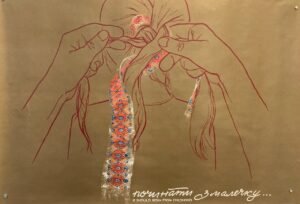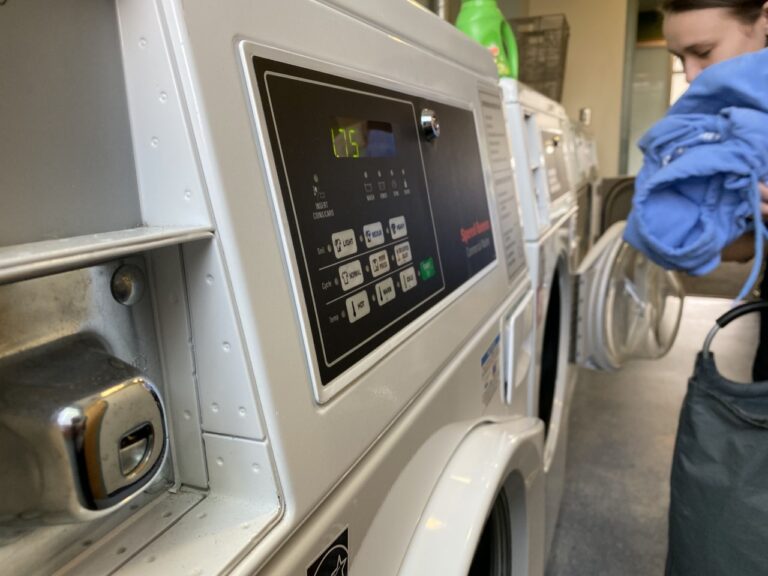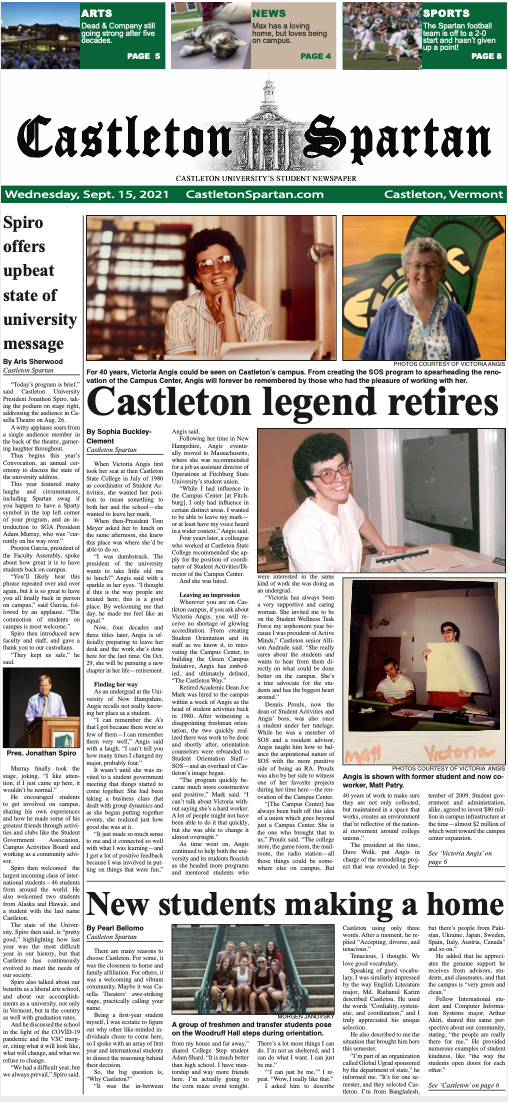Ramage recounts Ukraine
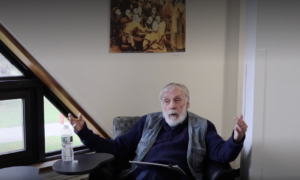
Eleven pieces of Ukrainian artwork have lined the walls of the Calvin Coolidge Library Gallery since mid-March in honor of those fighting for their freedom and last Thursday, former Castleton professor and Rutland artist Bill Ramage visited to tell his story of the artists who created them.
Ramage, who visited Ukraine in January of 1993, sat amidst the art to chat about his time both in Ukraine and at the college with Vladimir and Irena Veshtak — two Ukrainians hoping to build a thriving art community in their newly freed country.
“These stories have been in [my brain], and every so often, I’ll be talking to somebody and one will come out. But [I] spent the last two weeks rumbling through my memory about all of these things and contextualizing it,” Ramage said. “[The Ukrainians] were both terrified and exhilarated at the same time. They were so glad to be out from under the Soviets.”
The event was suggested by former Castleton Dean Joe Mark who, after seeing the seemingly unending horrors in Ukraine, recalled when Ramage and the university had invited the Veshtaks to Vermont in 1995. With them, they had brought roughly 50 of their collaborators’ and their own posters to sell.
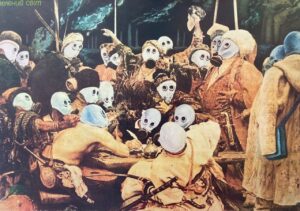
At the time, only a few of the original 50 sold.
While one was located with the help of Castleton Professor Oliver Schemm, the rest came from Beth Miller, the wife of a former professor. Mark explained that she had plans to send the pieces down for auction at Rennert’s Gallery in New York City, but that he had caught her just in time to request a showing at the university first.
“I’m pleased we could do it. I think it gives people a stronger connection of what’s happening over there—a human connection,” Mark said. “[Students now] read about the Soviet Union in textbooks, presumably, or hear about it otherwise. But you don’t get the kind of on-the-ground, personal life experience of people who were living under it.”
And though students were unable to hear stories from the Veshtaks themselves, Ramage painted a picture of the triumphs and tribulations facing Ukrainians during this time of liberation.
He relayed how the lack of food distribution in the country had left shelves barren except for a pile of Kellogg’s Cornflakes — each costing a month’s salary.
How the Ukrainians he met had little knowledge of western culture aside from “La Cucaracha” and Mickey Mouse.
How gas stations were nonexistent and how fuel had to be purchased on the street.
And how these people were simply building a country from scratch.
“Say the virus got really out of hand and the entire American U.S. government just completely collapsed,” Ramage compared during the event. “No federal government, no economy, no distribution of food, no distribution of gas, nothing. If you can imagine being in that situation, it should be terrifying. It should be terrifying if the whole thing just completely collapsed. Essentially that’s where they were.”
With the purpose of the exhibit meant to highlight the artists and give thought to the struggles Ukrainians are currently facing, attendees felt the discussion was necessary to have.
Junior Mason Svayg, a student with Ukrainian heritage who was the first U.S. born child on his father’s side, said that he enjoyed the opportunity to see another culture’s art and hear Ramage’s stories.
“What he talked about is probably similar with what Ukraine’s going through right now — just trying to bring that to light. I mean, Russia and the Ukraine have always been in a war together and that it hasn’t stopped. It just keeps going,” Svayg said. “We’re far away, but it’s still close.”
All funds raised from the upcoming auction of these pieces at Rennert’s Gallery will be donated to the Ukrainian Medical Association of North America — a non-profit providing and collaborating with emergency services for Ukraine.
“The spirit of resolve for the Ukrainian people is just most impressive. And the odds are against them, but don’t assume they’re not going to be able to pull it off,” Mark said.
